
Basilica of Saint Ambrogio or Basilica di Sant'Ambrogio Church in Milan - is one of the oldest churches in Milan located in the historic centre of the city, facade, overlooking the homonymous square (Piazza Sant'Ambrogio).
The Basilica was erected by the Holy Ambrogio in 379-386, in the place where were buried many martyrs of the Roman persecution, so the original Basilica was called the Basilica of the Martyrs (Basilica Martyrum).
When St. Ambrogio arrived in Milan, the local churches were in conflict between Arianism and the Nicene symbol of faith. Ambrogio has strongly supported the Nicene side of the conflict and wanted to persuade Northern Italy to the Pro-Roman side. A reflection of his vision of the world found in the sermons and construction. So, Ambrogio built three or four churches surrounding Milan, one of which was the Basilica of Martirum (later renamed in his honor).
For centuries after the construction of the Church, the Church was repeatedly subjected to restorations and reconstructions. It is expected that its current form of the Shrine began to acquire in the 12th century, it was then that the building was rebuilt in the Romanesque style.
In August 1943, allied bombing severely damaged the Basilica, in particular the apse and surrounding area. As a result, a new building was constructed, painted in pink, to accommodate the offices of Abbot and Museum.
The original Basilica was outside the city of Milan, but in the following centuries the city grew, so the Church was placed almost in the center. At the same time the Basilica became the center of religious life and community of the canons established in the Church. In the year 789 in the Basilica of the monastery was founded. However, the canons retained their community, instead of disappearing. The canons were in the Northern building, the monastery of the canons and monks in the two southern buildings. Two separate religious communities shared the Basilica. In the 11th century, the canons adopted orders and became Canons Regular. Currently, there are two separate monastic orders that follow different rules.
Basilica di Sant'Ambrogio Church and to this day still is considered a symbol of history, faith and worship. It is very popular among the tourists.
The Church is mostly built in brickwork of different origins and colors, in part there is the stone and white plaster.
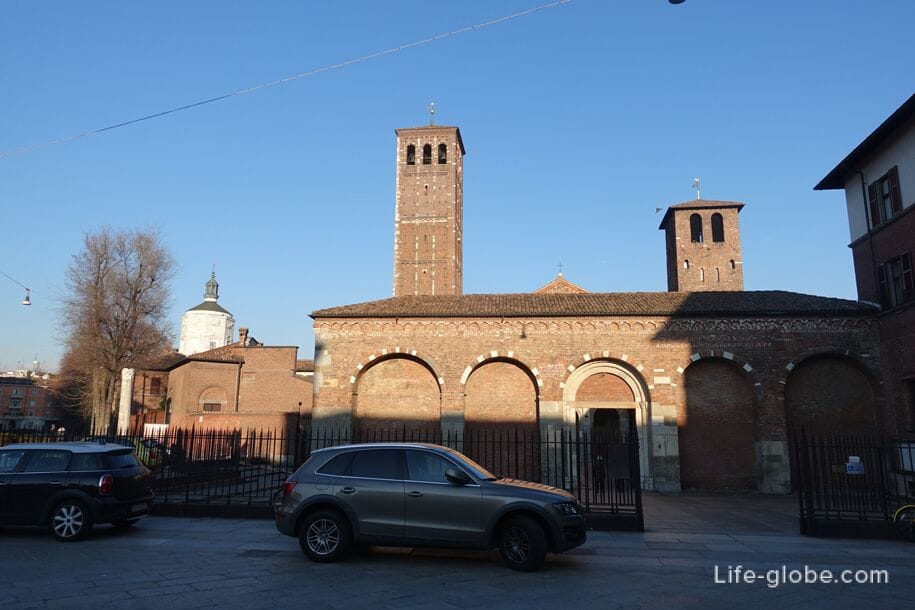
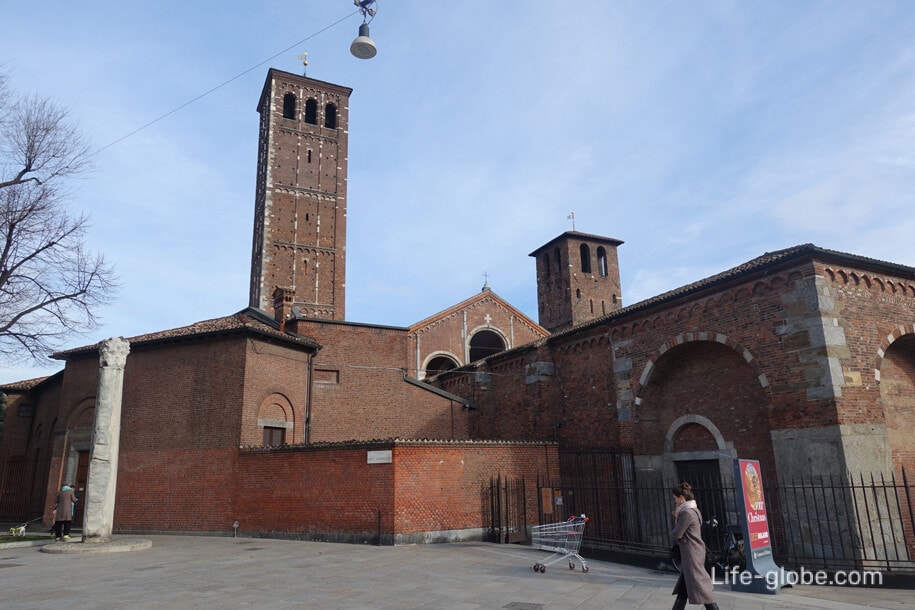
In the Basilica there are several inputs and also outputs. The main entrance is a long atrium, and on the sides of two towers of different heights. These towers symbolize the division of the Basilica. The tower on the right side is called Monks ' Tower (Torre dei Monaci) and was used by monks to call the faithful to prayer. At the time of Kanunnikov did not have a bell, and in the monastic calling them was not allowed. So, in the 12th century was built the second (left) tower owned by the canons. For this reason, the tower of Kanunnikov looks more elegant, and it is higher, but otherwise, this is also a kind of competition, everyone wanted something to stand out and be better.
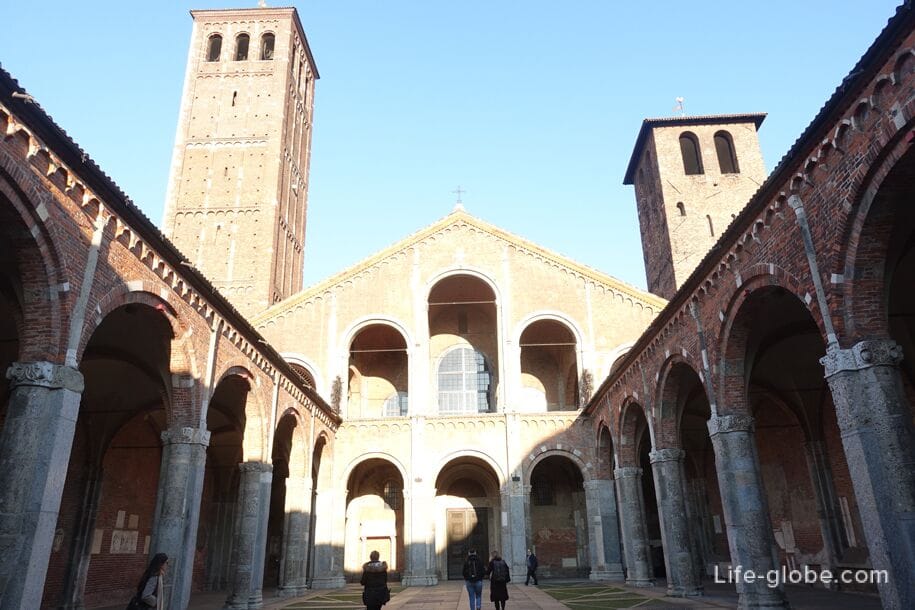
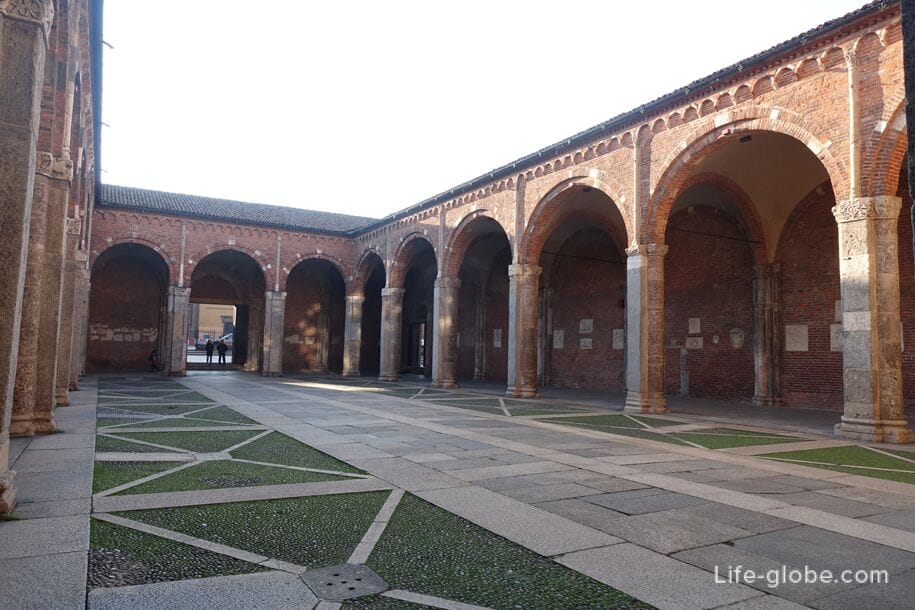
The interior of the main hall is quite simple, but elegant, there are massive columns and arches, and under the dome, in the last span of the nave is the chancel, in the centre of the main altar. The altar has four columns and bas-reliefs on all four sides, depicting Christ with St. Peter and Paulus (front side), SV. Ambrogio receives the homage from two monks, in the presence of saints Gervasius and Protasius (the back side), St. Benedict receives the homage from two monks (left) and SV. Scholastica receives a tribute from two nuns (right side).
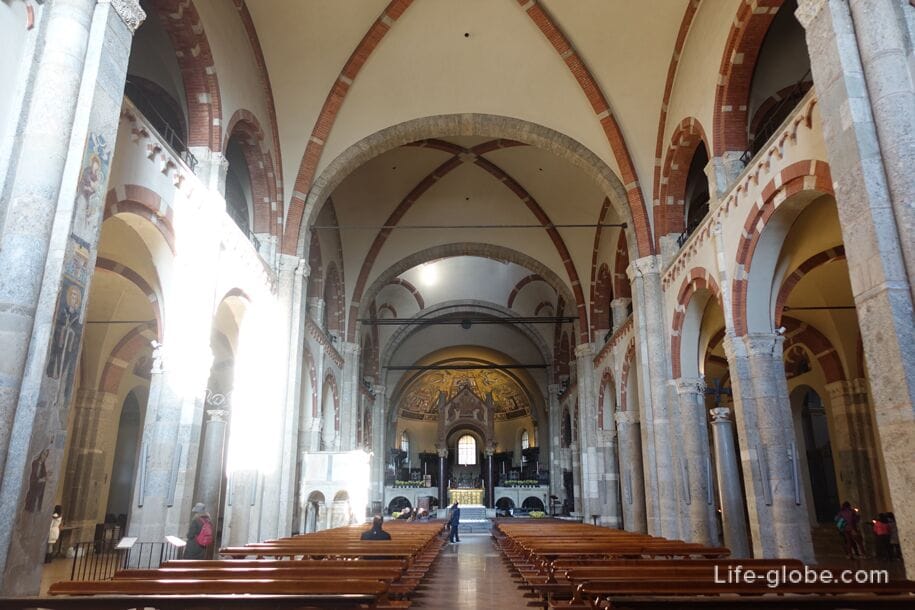
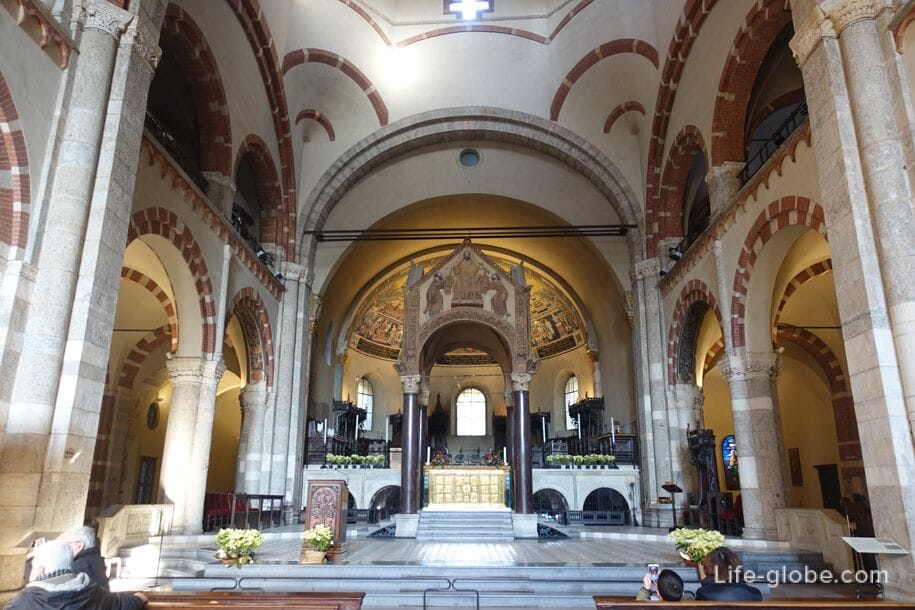
Also in the main hall you can see the serpent Column (colonna "del serpent"). According to a popular tradition on a granite column, probably belonging to the Basilica in the 4th century, depicts a bronze serpent. In fact, the artifact is probably of Byzantine origin was founded in the 11th century, but the exact date is unknown.

Late column and a photo of the interior of the Basilica

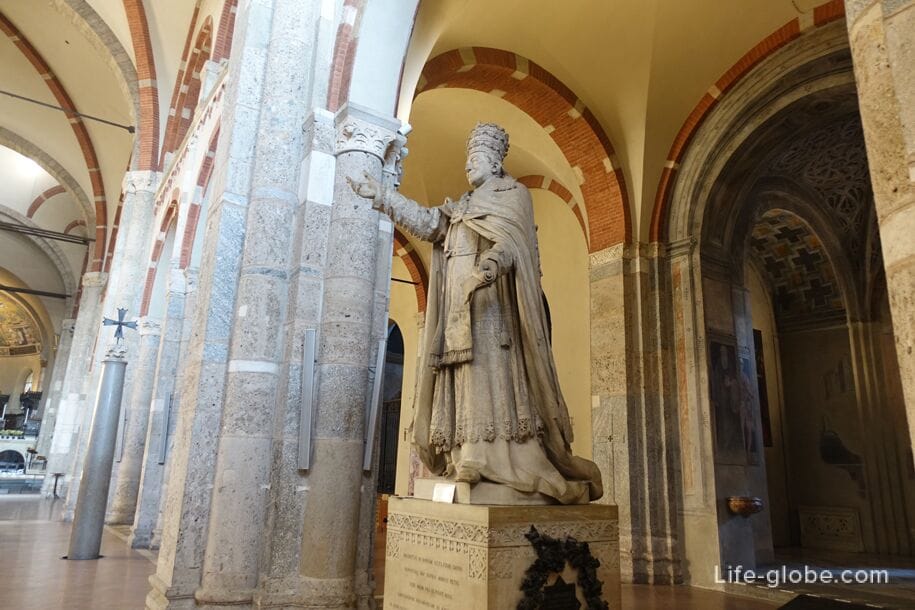

Located under the altar crypt, built in the 9th century to host the remains of three saints: Ambrogio, Gervasius and Protasius. The crypt dates back to the 18th century. Skeletons of saints still poatsy in the crypt, they are in a silver sarcophagus, and they can be seen through the side window.
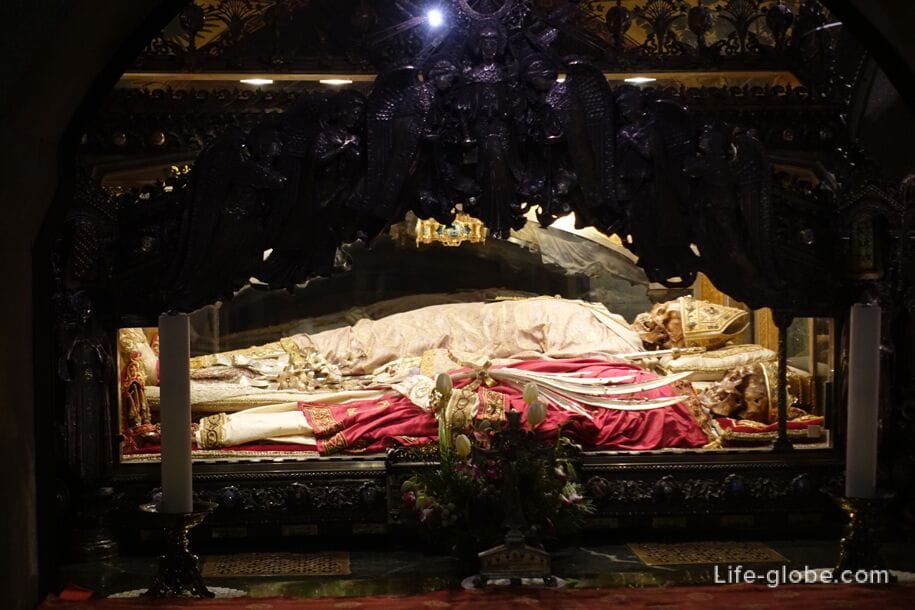
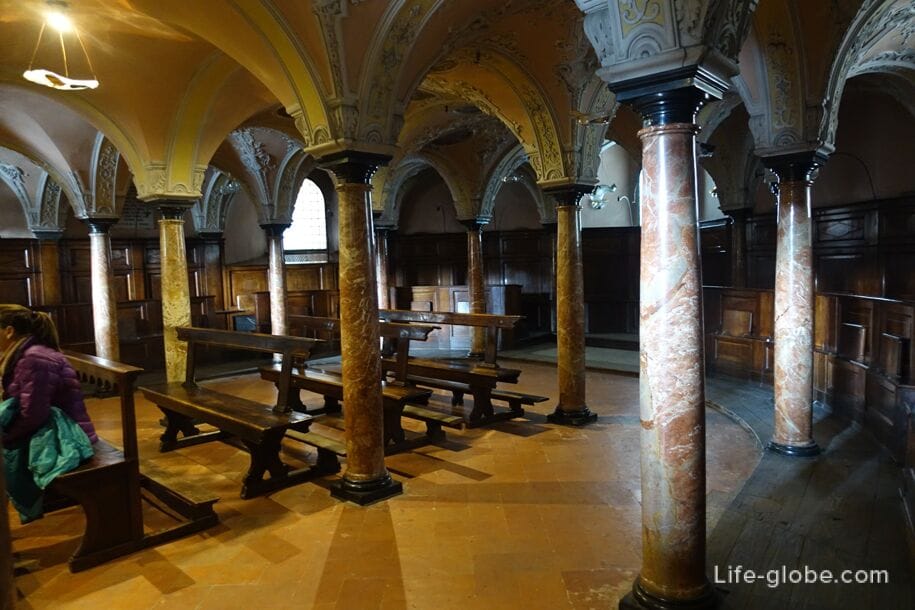
Also in the Basilica there are several chapels:
Cappella di Santa Savina

Cappella del Sarco Cuore
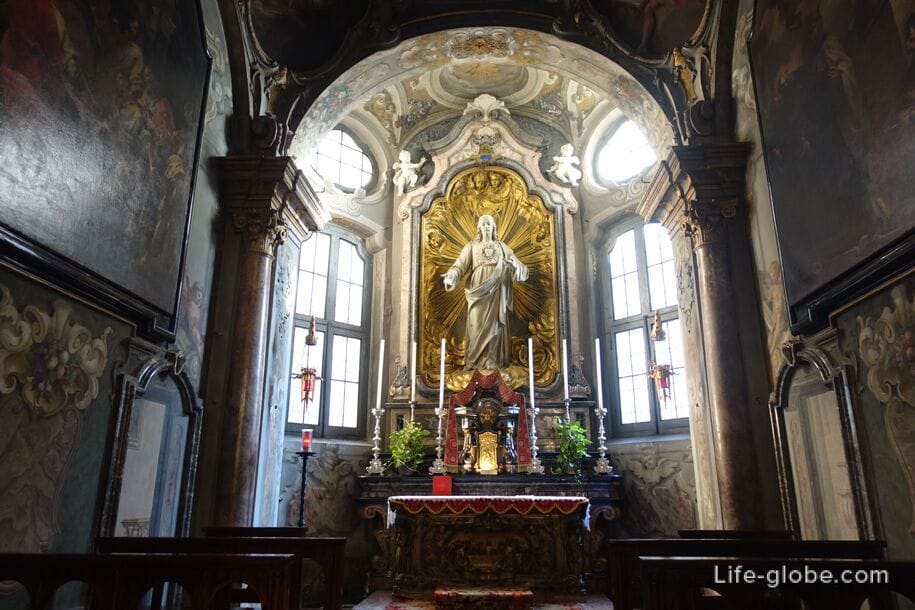
Cappella di Santa Marcellina

Cappella dei Santi Bartolomeo and Satiro

The Basilica has a small patio area
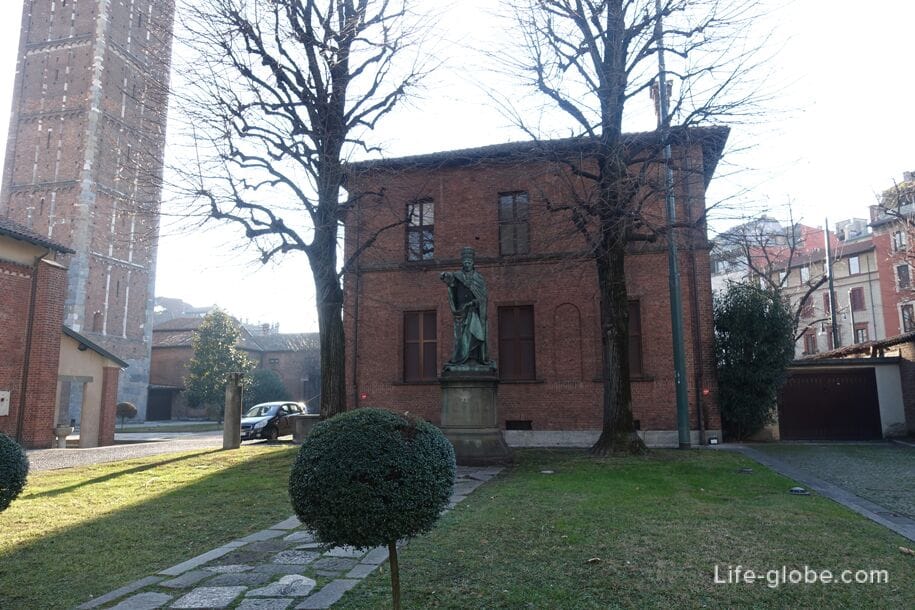
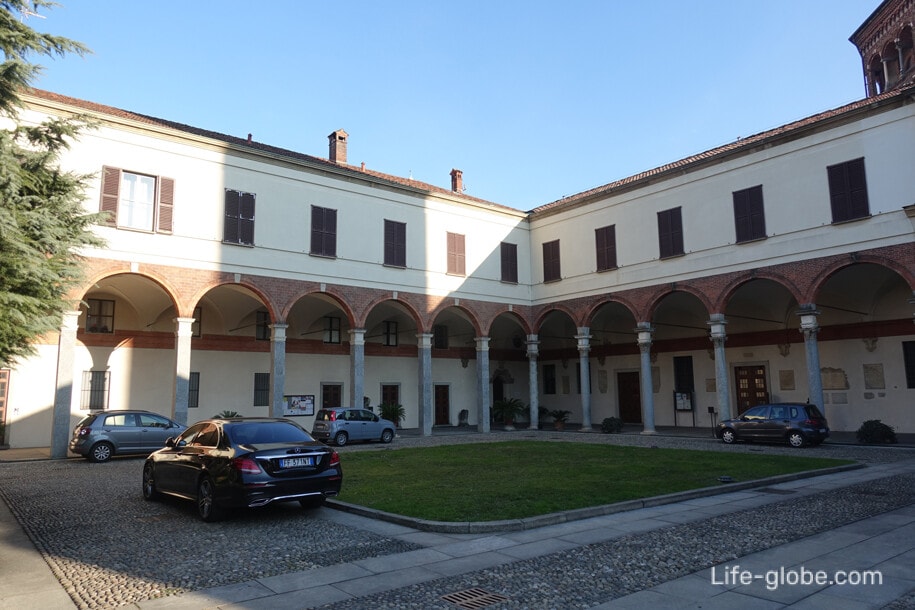
The Fallen Shrine (Sacrario dei Caduti), or, as strange as that may sound, but the monument is also known as (original title) Victory Temple (Tempio della Vittoria). The Church was opened on 4 Nov 1928 in connection with the tenth anniversary of the First world war and the Victory over the Austrians - an event which left one of the names of the monument.
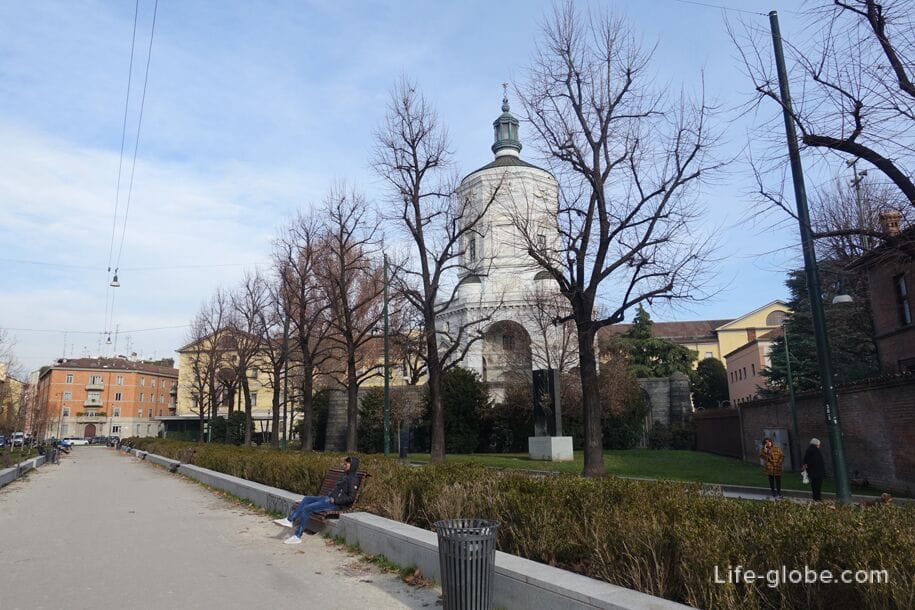
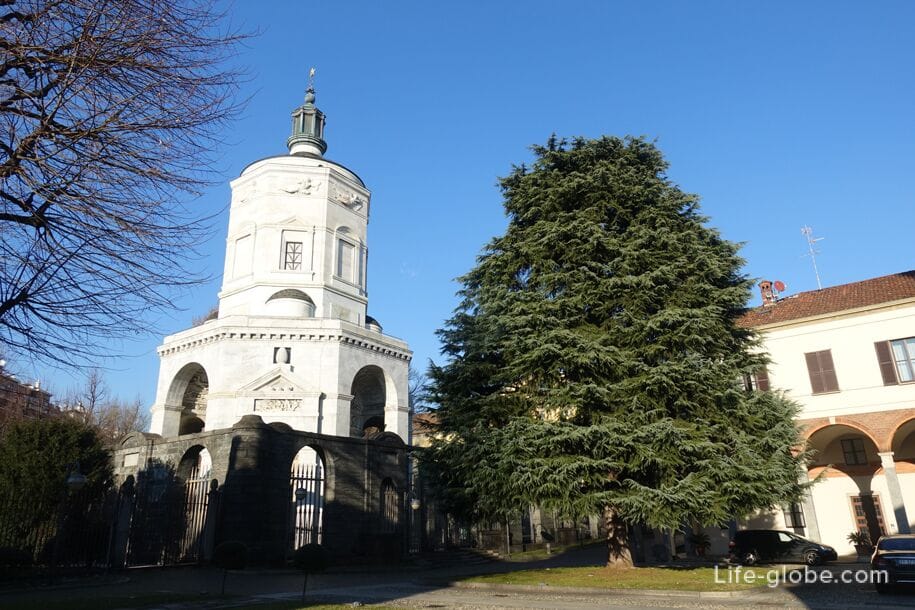
Catholic University of the sacred Heart (Universita Cattolica del Sacro Cuore). Is an Italian private research University founded in 1921. Cattolica, with its five affiliated campuses, is the largest private University in Europe and the largest Catholic University in the world. The main campus is located in Milan, with affiliated campuses in Brescia, Piacenza, Cremona and Rome.

The inner courtyard of the University

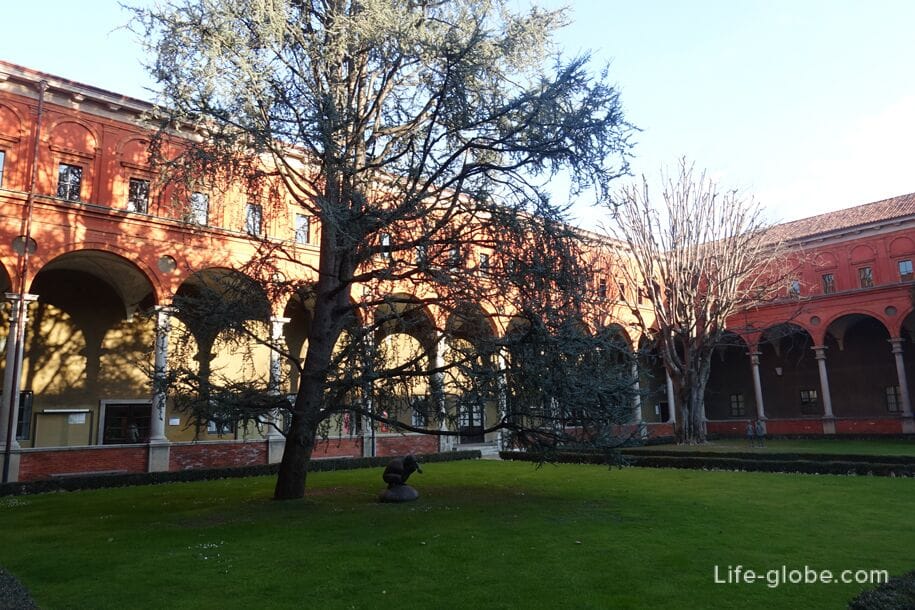
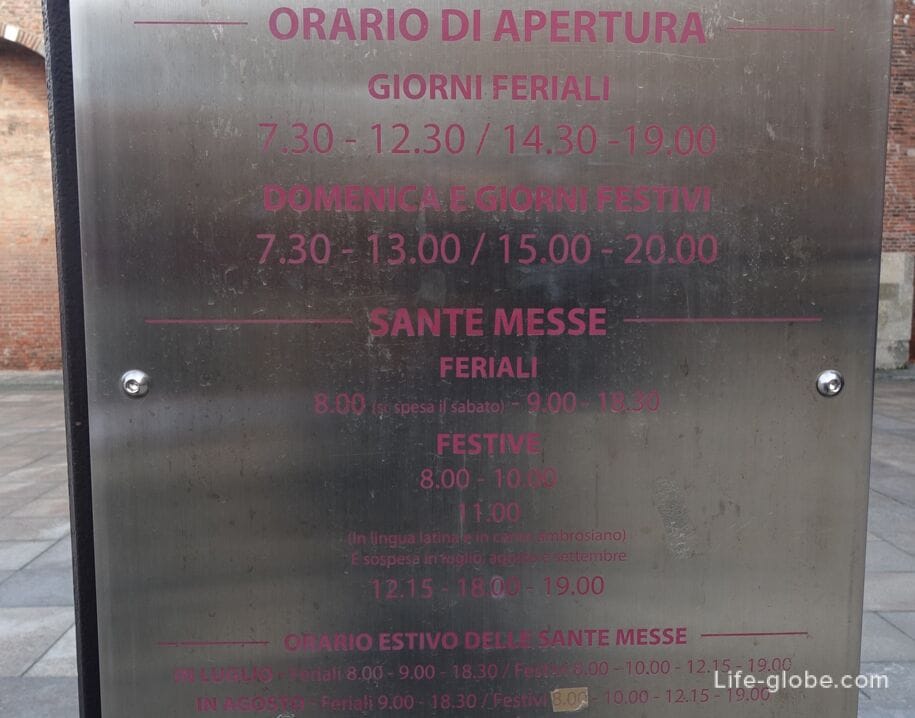
All accommodation facilities in Milan, including in the city center and more remote from it, can be viewed and booked here